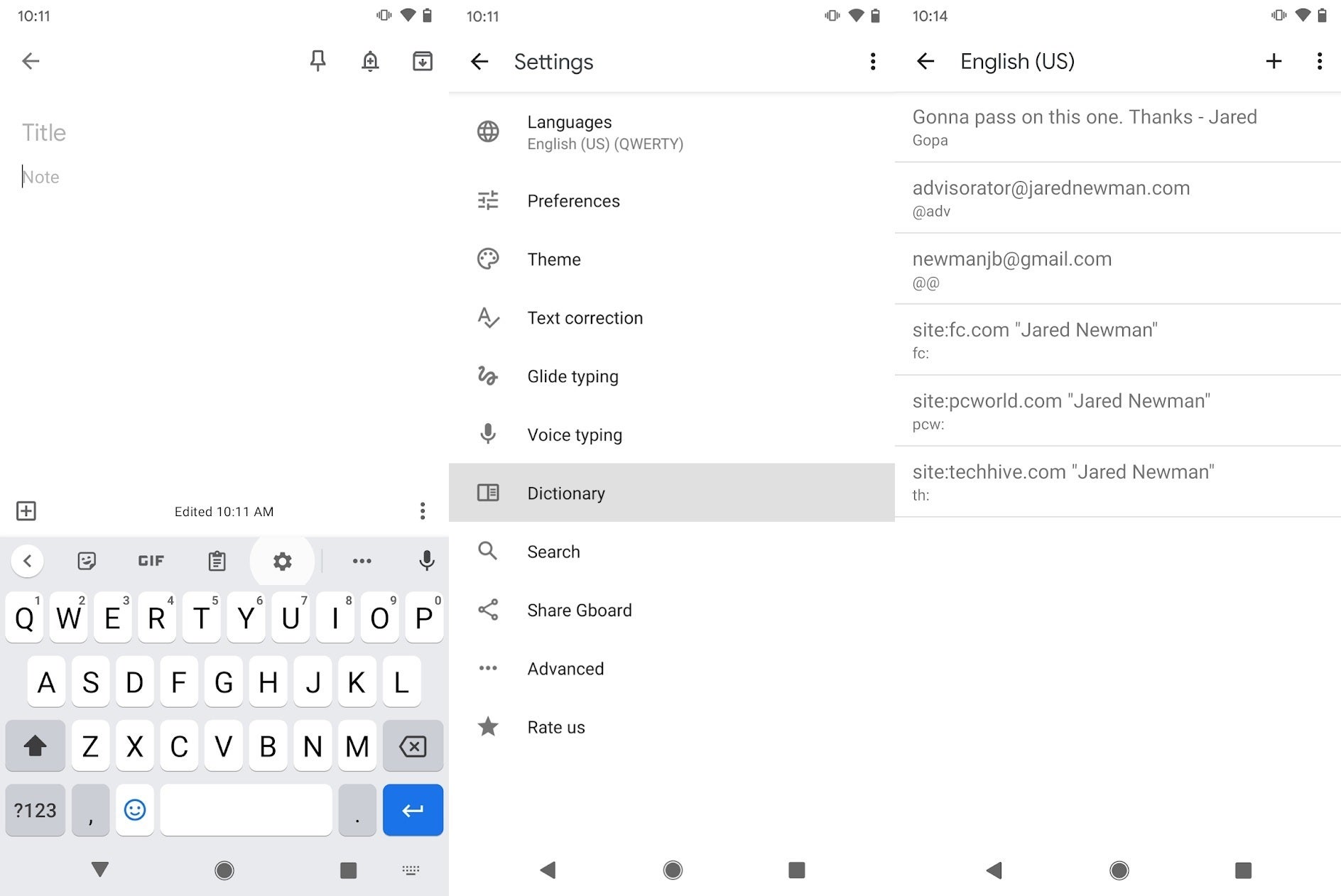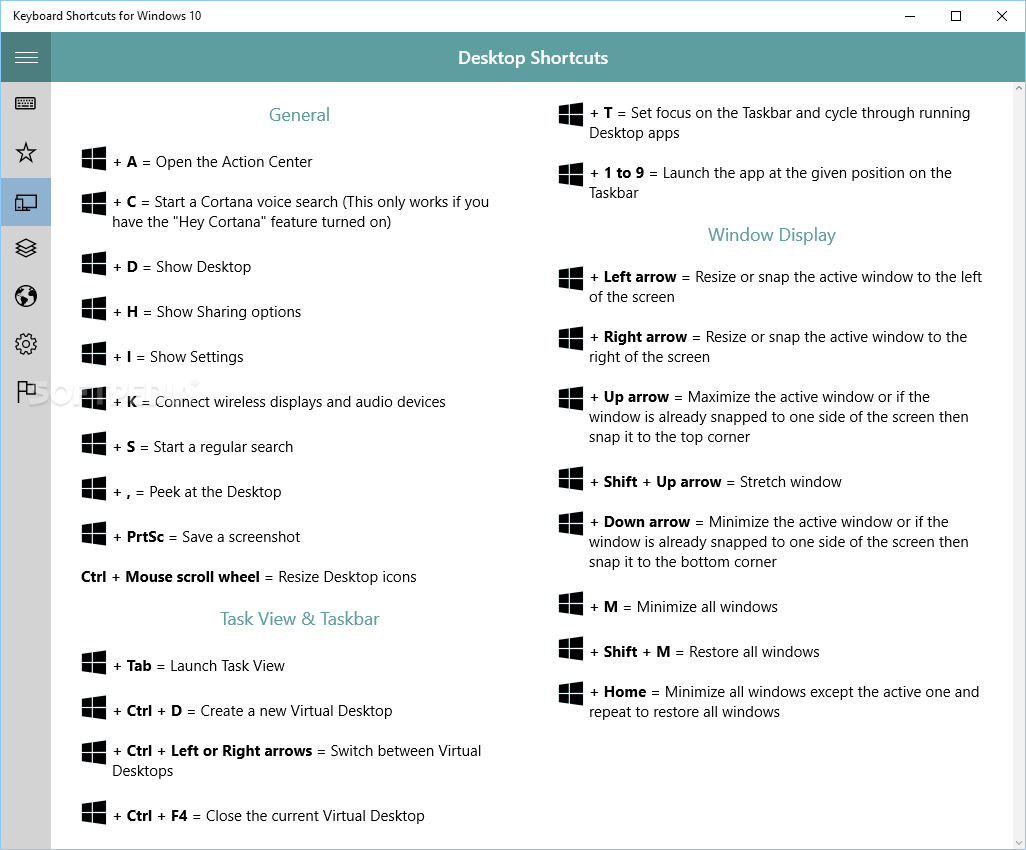

- #WINDOWS KEYBOARD SHORTCUTS ENGLISH DICTIONARY HOW TO#
- #WINDOWS KEYBOARD SHORTCUTS ENGLISH DICTIONARY WINDOWS#
Most of the time, PowerPoint expects RoamingCustom.dic to be your default dictionary. You should have a compelling reason to change your default dictionary.Should You Change the Default Dictionary? In Figure 6, below, you can see that Custom.dic is now set as the default dictionary, which is indicated by the word Default suffixed to it (compare with Figure 5, above).įigure 6: Suffixed word Default indicates the default dictionary This action will set the selected dictionary to be the default dictionary.

To change the default custom dictionary, select any enabled custom dictionary within the Dictionary List that you want to be used as the default dictionary, and click the Change Default button, as shown highlighted in red within Figure 5, below, within the Custom Dictionaries dialog box.To do so, select or deselect the check-boxes preceding the particular dictionary name, as shown highlighted in red within Figure 4, below.įigure 4: Enable or disable custom dictionaries for spell check You can now enable or disable dictionaries to be used for spell checking.You can add a ready-made 3rd party dictionary or create a new dictionary to end up with multiple spelling dictionaries. You may have one or more custom dictionaries available.You can also press both the Alt and T keys together, and next press O. Alternatively, if you already have a presentation open, choose the File menu to bring up Backstage view, and select Options. If you have launched PowerPoint, choose Options, as shown highlighted in green within Figure 1, below.You will also learn how you can set a default custom dictionary in PowerPoint 365 for Windows: For instance, after adding a ready-made 3rd party dictionary or creating a new dictionary, you may want to disable a custom dictionary temporarily and enable it later.įollow these steps to learn more about enabling and disabling custom dictionaries. There are other aspects of spell checking that you may want to explore.
#WINDOWS KEYBOARD SHORTCUTS ENGLISH DICTIONARY HOW TO#
We will show you how to do that later in this tutorial. We have already established in the preceding section that every user has a default custom dictionary called RoamingCustom.dic, but you can change your default custom dictionary to any other if you please. Any custom spellings that you add are saved to your default dictionary. You know that the word is correctly spelled, and you choose the Add to Dictionary option. So, what exactly is a default dictionary? Let's assume you are running a regular spell check, and encounter a word that PowerPoint flags as misspelled.
#WINDOWS KEYBOARD SHORTCUTS ENGLISH DICTIONARY WINDOWS#
If you are running Windows 11, 10, 8, or 7, you can find the default custom dictionary at this location:Ĭ:\Users\\AppData\Roaming\Microsoft\UProof

Each logged-in user has a default custom dictionary called RoamingCustom.dic, stored in a separate folder for each local user.

Also, any changes made to the list of words within a custom dictionary reflect in proofing tools of all Office applications. Any custom spelling dictionary that you create within PowerPoint or any other Microsoft Office program is used by all the Office applications installed on your computer.


 0 kommentar(er)
0 kommentar(er)
